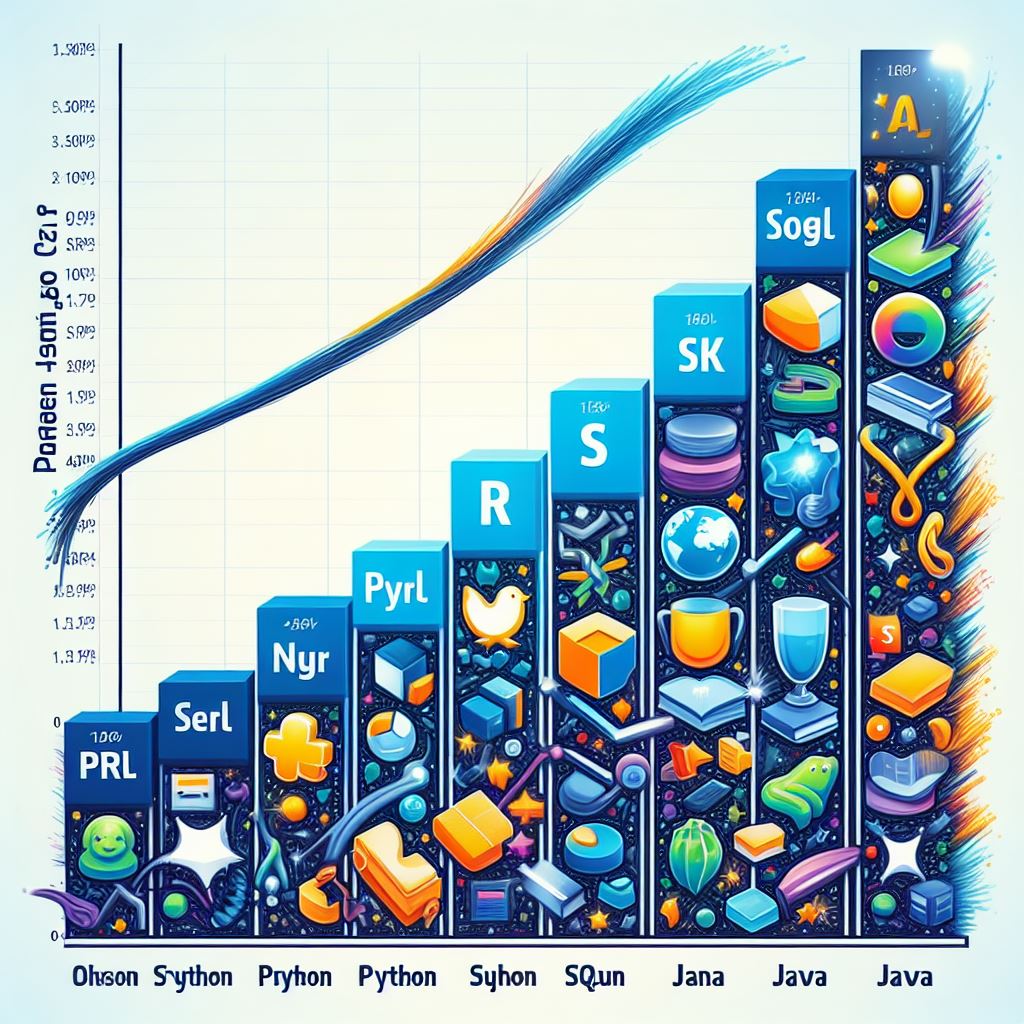
Let’s dive into creating an article about using Perl for Data Science. While Perl might not be the most common choice for data science, it has its unique strengths and can be quite powerful in certain scenarios. Here’s a brief guide on how you can leverage Perl for data analysis and visualization:
1. Introduction to Perl for Data Science
Perl is a versatile, high-level, interpreted programming language that has been around since 1987. Although it’s often associated with text processing and system administration, Perl can also be a valuable tool for data science tasks. Let’s explore some of its features and use cases.
2. Strengths of Perl in Data Science
2.1 Text Processing and Regular Expressions
- Perl’s primary strength lies in text processing. Whether you’re dealing with log files, structured text data, or regular expressions, Perl provides powerful tools for manipulation and analysis.
- Use Perl’s regex-based approach to extract relevant information from text files, search for patterns, and perform complex transformations.
2.2 Unix-Friendly and Integration with OS Semantics
- Perl is inherently Unix-friendly. It can serve as a wrapper around Unix tools, making it ideal for tasks involving pipes, file slurping, and inter-process communication.
- Create Unix daemons or server processes using Perl, running seamlessly in the background.
2.3 CPAN (Comprehensive Perl Archive Network)
- Perl boasts a vibrant development community through CPAN. CPAN hosts a vast archive of Perl modules, allowing you to find a module for almost any task.
- Most modules are written in pure Perl, but some performance-intensive ones include an XS component (using C) for efficiency.
2.4 Arrays, Hashes, and References
- Perl supports arrays, hashes, and references, enabling you to code in powerful ways without deep consideration of data structures or algorithms.
- CPAN modules offer both procedural and object-oriented styles, giving you flexibility in your coding approach.
3. Practical Examples
3.1 Log File Analysis
- Use Perl to parse log files, extract relevant information, and generate insights.
- Regular expressions come in handy for identifying patterns within log data.
3.2 Data Visualization with Chart::GGPlot
- I recommend exploring the Chart::GGPlot module, which brings R’s powerful ggplot2 library to Perl.
- Create sophisticated plots and visualizations using a high-level grammar of graphics approach.
3.3 Database Interaction with DBD Modules
- Perl’s DBD modules allow seamless interaction with databases such as SQLite, MySQL, and PostgreSQL.
- Export database operations into portable Perl code, abstracting the complexities of database handling.
4. Conclusion
Perl may not be the trendiest language in the data science world, but it remains relevant and powerful. Its text processing capabilities, Unix integration, and rich CPAN ecosystem make it a valuable addition to your toolkit. So, don’t underestimate the humble Perl—give it a try for your next data science project!
Remember, just like any other language, Perl shines when used in the right context. Happy data crunching! 🚀
References:
Aayushman is a Technical consulting intern at Masterkeys. He is a second year undergraduate, currently pursuing his B.Tech from IMSEC – Institute of management studies engineering college, Ghazaibad. He is a highly enthusiastic individual with a keen interest in Machine learning, Data science and AI and an avid reader of the latest developments in these fields.




